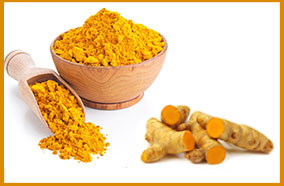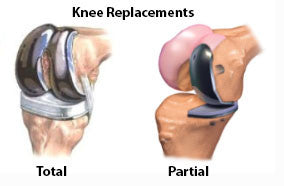Sore Knees

Sore Knees?
What does it mean when your knee hurts?
Knee pain can be the result of any one of, or a combination of, many different causes. However, the reason that you are aware of it is because of one reason alone: it hurts. Let’s take a look at some of the common reasons your knee may hurt.
1) Injury

If you have bumped, banged, twisted or jarred your knee, if you have been moving and felt a pop, twinge or tear, it is likely that your knee has been subjected to trauma and the tissue in or around the joint has been injured. Common types of knee injury are:
Ligament injury – There are 4 ligaments in the knee joint; anterior cruciate ligament (ACL), medial collateral ligament (MCL), posterior cruciate ligament (PCL) and lateral collateral ligament (LCL). The ACL and MCL are the most common ligament injuries and are often the result of the joint being twisted of pushed back when under load. There is more detail here.
Fracture – There are 4 bones that converge at the knee joint; the femur (thigh bone), the patella (knee cap), the tibia (shin bone) and the fibula (which runs alongside the tibia). If the knee is subjected to sudden, forceful impact, any of these bones can break.
Torn meniscus – The meniscus is the layer that sits on top of the tibia and acts as a shock absorber. Trauma can result in small tears to the meniscus, which affects the smooth running of the joint and can cause swelling, stiffness and pain. Click here for more information.
Bursitis – Some knee injuries cause inflammation in the small sacs of fluid that cushion the outside of your knee joint (the baursae). This inflammation can be painful and decrease the joint’s range of movement.
Patella tendinitis – (Also known as ‘Runner’s Knee’) tendinitis is an inflammation of the tendon, in this case, the patella tendon, which is the thick, fibrous band that attaches the quadriceps muscles to the front of the tibia. Runners, skiers, cyclists, and those involved in jumping sports and activities are prone to develop patella tendinitis. Read more here.
2) Arthritis

There are over 100 different types of arthritis, which is defined as a “painful inflammation and stiffness of the joints”. The most common forms of arthritis that affect the knee joint are:
Osteoarthritis – By far the most common type of arthritis in the knee, osteoarthritis is a degenerative, or wear and tear, complaint caused by the deterioration of the cartilage in the joint. There is a more information on this condition here.
Rheumatoid arthritis – This is an autoimmune condition that can affect any joint in the body and does not require wear and tear. It most commonly affects several different joints and can be debilitating. It can vary in severity and can come and go for long periods at a time.
Gout – Whilst the most commonly affected joint is the big toe, it can also affect the knee, causing pain and stiffness. It is the result of a build-up of uric acid crystals in the joint and is often closely related to diet.
Septic Arthritis – This type of arthritis often occurs with a fever. Sometimes your knee joint can become infected, leading to swelling, pain and redness. There's usually no trauma before the onset of pain. Treatment is with antibiotics.
3) Movement issues

Sometimes the way we move can cause knee pain, especially if the joint is not in the correct alignment (due to tight muscles, previous injury, etc.) or structural changes within the joint can affect how we move. Here are some examples:
ITB Syndrome – The iliotibial band is a fibrous band that runs from the outside of the hip to the outside of the knee. If it gets tight it can rub on the outside of the femur, near to the knee, causing pain. This is often seen in long distance runners or walkers. For more detail click here.
Loose body – If an injury or degeneration causes a small piece of meniscus, cartilage or even bone, to break off and it remains in the joint, it can cause pain, swelling and reduced movement of the knee. It may require being surgically removed.
Dislocated kneecap – Sometimes the kneecap (patella) can slip out of place, usually towards the outside of the joint. It will often, although not always, slip back into place but can result in lasting pain.
Back, hip, foot pain – If you have pain elsewhere in the body for a sustained period of time it can cause you to change the way you walk. This altered gait can, over time, result in compensatory movement and more stress on the knee joint, which causes knee pain.
4) Other causes

Some common causes of knee pain do not fall into the above categories. These are:
Patellofemoral pain – This is a general term that refers to pain between your kneecap and thigh bone. It is common amongst athletes; especially in young adults who have a slight maltracking of the kneecap.
Osgood Schlatter Disease – Normally found in active adolescents (between the ages of 9-16 years) this is where the area around the growth plate, at the top and front of the tibia, becomes inflamed and painful during exercise. There is often a swelling at the front of the leg, just under the kneecap, which is tender to touch. Further information can be found here.
Baker’s Cyst – This is similar to bursitis but manifests as a lump of fluid at the back of the knee. It is normally a secondary symptom that is the result of knee pain that has been caused by another issue. There is a more detailed description here.
If you are concerned about knee pain, if your knee pain persists or if it gets gradually worse, please consult with an appropriate, qualified medical professional.



